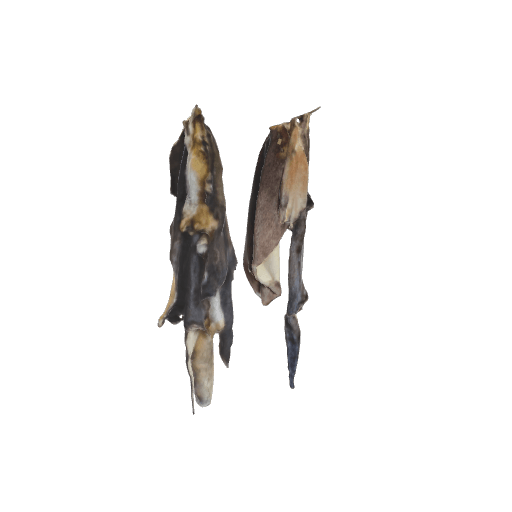Furs
The 15th-century Algonquian Nations who live near the Estuary are essentially hunter-gatherers. Their diet is therefore based on the products of hunting activities. Further to the west, the Iroquoian Nations living upstream of the St. Lawrence enjoy a milder climate, which is favourable to agriculture. Their harvest provide the essential part of their diet, which they supplement with fishing, hunting, and gathering.
Hunting techniques and weapons vary according to the animals’ lifestyles. Captures are made with spears, bows, arrows, sledgehammers, snares, traps, and hideouts.
Big game, like deer, moose, caribou, and bear, is hunted mainly in winter, when its fur has adapted to the cold season. The hides are then ideal for making blankets and warm clothing.
Small game, like hare, marten, squirrel, porcupine, and beaver, are also in demand. The hunting techniques are less challenging and can be pursued all year-round, even during long travels.
References
Date: 2021–2022
Origin: Zec de Rimouski
Owner: René Isabel, trapper
Sources:
René Isabel, trapper.
Laberge, M. (1996). Création d’une nouvelle iconographie sur les algonquiens du Nord-Est de l’Amérique à partir de données ethno-historiques datant d’avant 1760 [The creation of a new iconography of the Algonquians of North-East America using pre-1760 ethno-historical data] [Doctoral dissertation, Université Laval]. CorpusUL. https://corpus.ulaval.ca/bitstreams/ad9a212e-0edb-496f-abf3-1ab25c05f6b3/download
